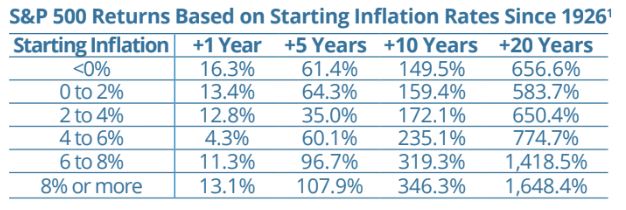Since the summer, bond yields have risen rapidly. In April, the U.S. 10-year Treasury yield hovered around 3.3 percent; by October, it had risen to 5 percent for the first time in 16 years. This is a substantial increase in just six months. Many market observers suggest this indicates that the bond market has accepted that interest rates will be kept higher for longer.
Stronger labor markets and relatively resilient economies continue to put upward pressure on inflation. The central banks have been using interest rates as the main tool to temper inflation, signaling they intend to keep rates at sustained levels as long as the economic data is robust. Of course, should there be an economic downturn, there is room to lower rates to stimulate growth.
Higher rates have been bad news for borrowers — the rapid rise has been particularly difficult for those holding larger debt positions like mortgages. However, the positive news for investors is that the income component of “fixed income” is back: Yields that shrunk to historical lows have risen to heights not seen in decades.
If interest rates continue at higher levels, how will this impact the equity markets? First, it’s worth remembering that both the economy and the equity markets have been comparatively resilient given the speed and magnitude of the rate hikes since early 2022.
One market analyst recently looked at the performance of the S&P 500 Index at different interest rate and inflation levels and it may provide some perspective. The best future returns have come after periods of very low and very high starting interest rates, as measured by 10-year Treasury bond yields. The average 10-year yield since 1926 is 4.8 percent, similar to where we are today.


With inflation, the best future returns have come after periods of very high starting inflation levels; the average inflation rate since 1926 being around 3 percent.

Why is this the case? Consider that during this time we’ve only had one period of extremely high interest rates and two very high inflationary periods (post-war 1940s and the 1970s), but each of these was followed by significant bull markets. Periods viewed as historical outliers may be “scary while you’re living through them but also tend to produce excellent entry points into the market.” Comparatively, in a more “normal” economic environment, forward returns may appear muted because economies generally expand more gradually, with less interruption, alongside stock prices. Also worth remembering: Changes to rates and inflation may create market volatility in the short run, but consider the 10- and 20-year returns in the charts above — a longer time horizon can yield impressive results. Time continues to be one of the investor’s great allies.


